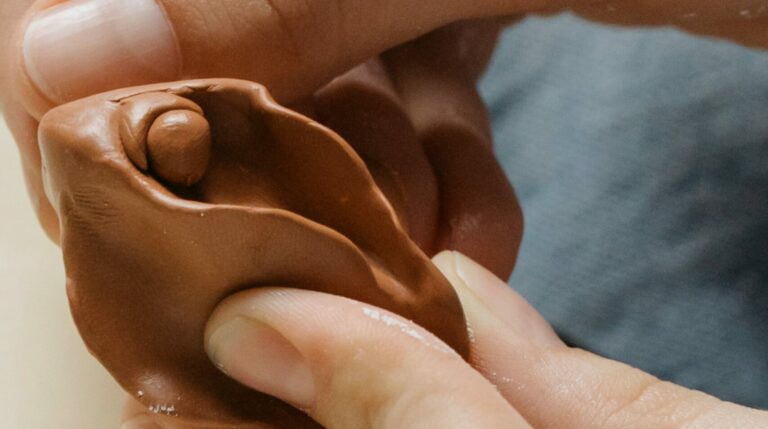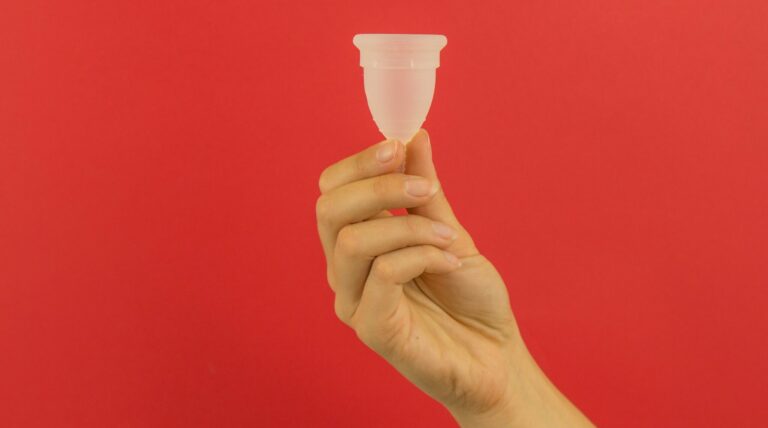What is PMS?
What causes premenstrual syndrome, and how can you make it better?
What’s happening to my boobs? Where are these aches coming from? And why am I so upset about my housemate taking the milk?? Chances are that you’ve heard of PMS or PMT before. This is short for premenstrual syndrome, or premenstrual tension, whichever feels more appropriate. It’s a condition that many people who have periods experience up to two weeks before their period.
Why PMS happens is still a bit of a mystery! But it’s generally accepted that it’s about hormone changes in the body. When a new egg is released from your ovaries around 10-16 days before your period begins, the balance of hormones in the body can change quite drastically. This change comes with lots of potential side-effects that include (but aren’t limited to):
⚡️Mood swings
⚡️Feeling unusually irritable, emotional or tired
⚡️Finding it hard to concentrate
⚡️Upset stomach (including constipation or diarrhoea)
⚡️Bloating, pain or tenderness in your breasts/chest, muscle and stomach
Sounds pretty rubbish, right? PMS affects everyone differently and, like period pain, can vary in intensity from month to month. Many people won’t experience any of these symptoms at any point during their cycle (hooray!).
However, if you do recognise some of these symptoms, luckily there are some simple lifestyle changes that can help control the effect they have on your day. Let’s face it, no-one wants to find themselves shouting at the microwave because it’s burnt your lunch (yes, guilty!).
Diet
This doesn’t mean a drastic change in your meal plan. It just means staying hydrated and eating plenty of fruit and vegetables. This makes sure your body is at its fittest and able to fight any physical symptoms coming your way. Quitting smoking, or making an effort to cut down, will help a lot as well.
Exercise
Getting physical might be the last thing on your mind when muscle cramps hit. But light exercise and gentle stretching can help ease period pain. Moving your body can improve your mood and help you sleep better too – which leads on to our next point…
Sleep
There’s a lot going on inside your body right now: make sure it gets the time it needs to rest. If you’re feeling a bit shaky, it’s okay to take an evening to yourself. Bubble baths are practically medicinal, you know!
Premenstrual dysphoric disorder
There is also a rarer, more severe, form of PMS called pre-menstrual dysphoric disorder (PMDD). When the symptoms of PMS happen more often and severely, and it affects your normal routine a lot, this might be a sign of PMDD.
If you are experiencing several of the symptoms we’ve mentioned for prolonged periods of time, or have any concerns, you may need to seek some support and medical help. It’s worth keeping a diary of how you’re feeling to see if your symptoms line up with certain points in your menstrual cycle. You can take this diary with you when you attend an appointment, as it may help diagnose the problem more quickly.
Whilst PMDD is an uncommon disorder, it is a reminder that period pain and PMS is something to be taken seriously. You should never feel like you are in the wrong or ‘overreacting’ for experiencing these symptoms.
Whether packing a box of painkillers or scheduling in extra downtime, most people have their own tactics for dealing with PMS. Even so, don’t be afraid to share how you’re feeling with others! With 50% of the population going through a similar experience, we can guarantee you’ll find a helping hand.
Other support
- Is extreme period pain normal?
- NHS – PMS (premenstrual syndrome)
- YoungMinds – How I look after my mental health during my period
- Mind – What is PMDD?
Read more
Last Reviewed 14 June 2023
Image Credit: Monika Kozub via Unsplash







